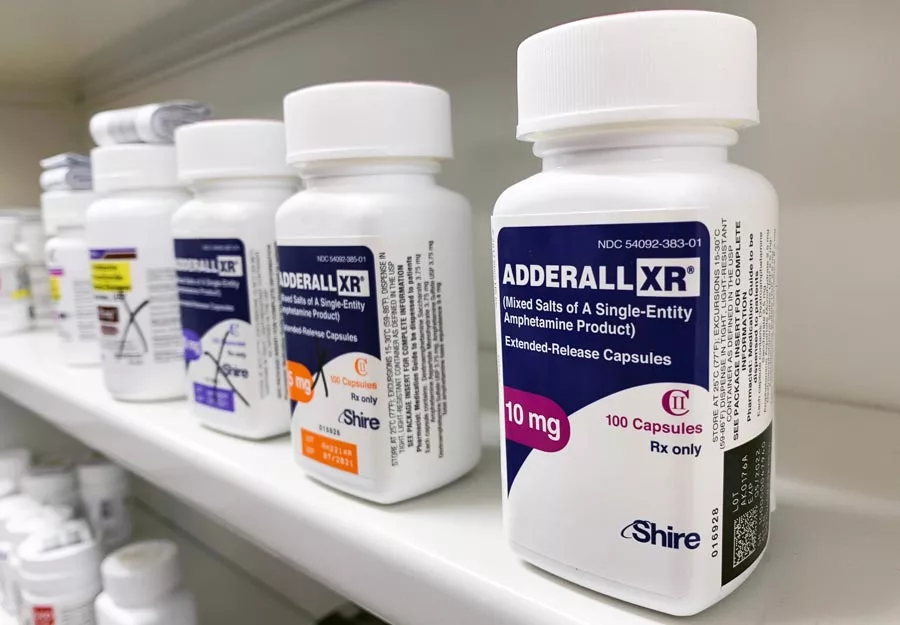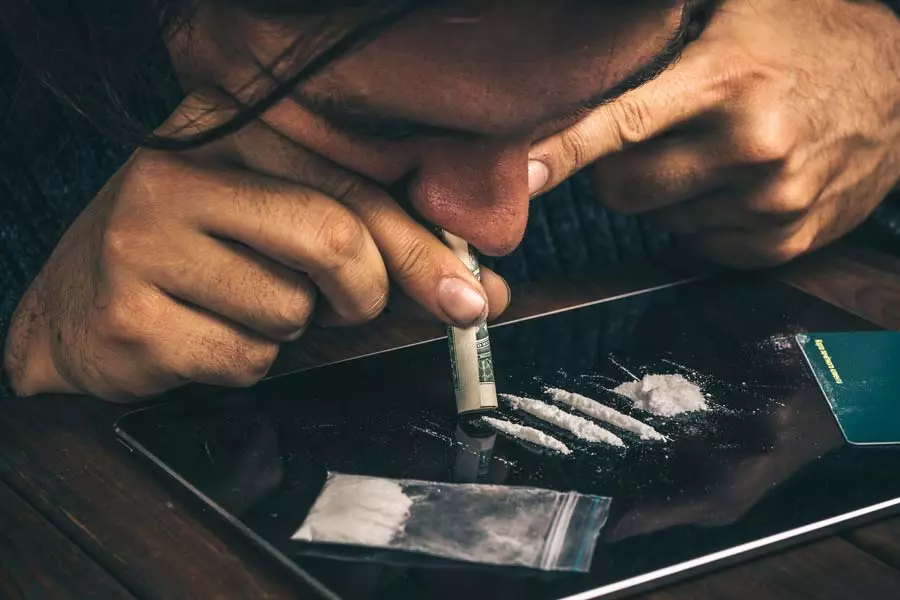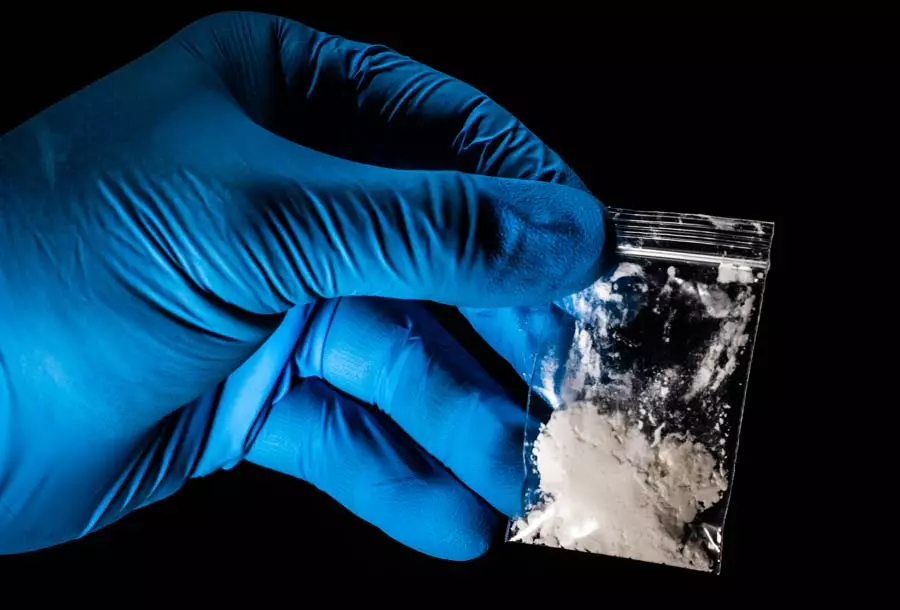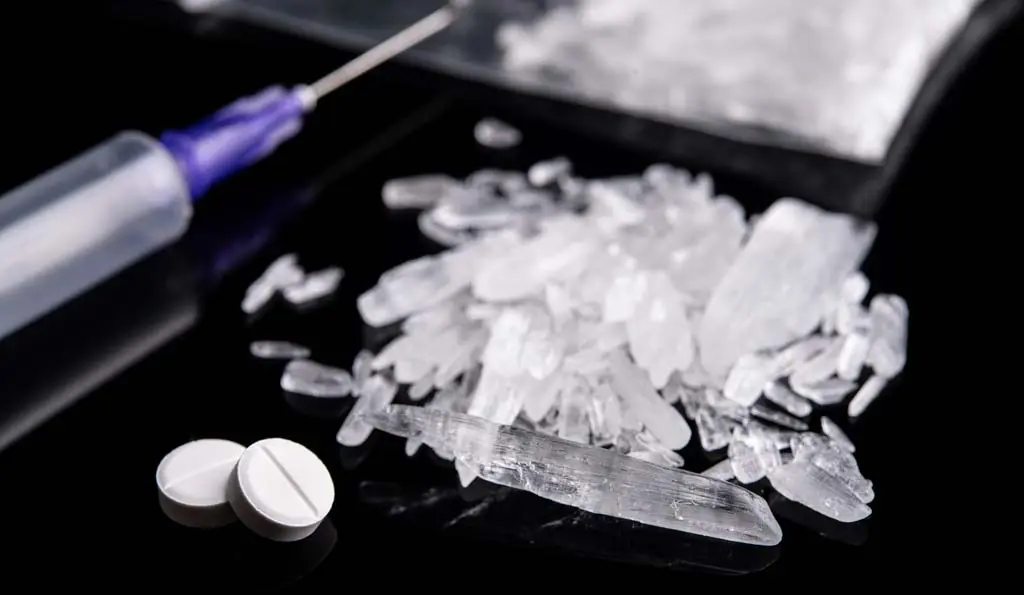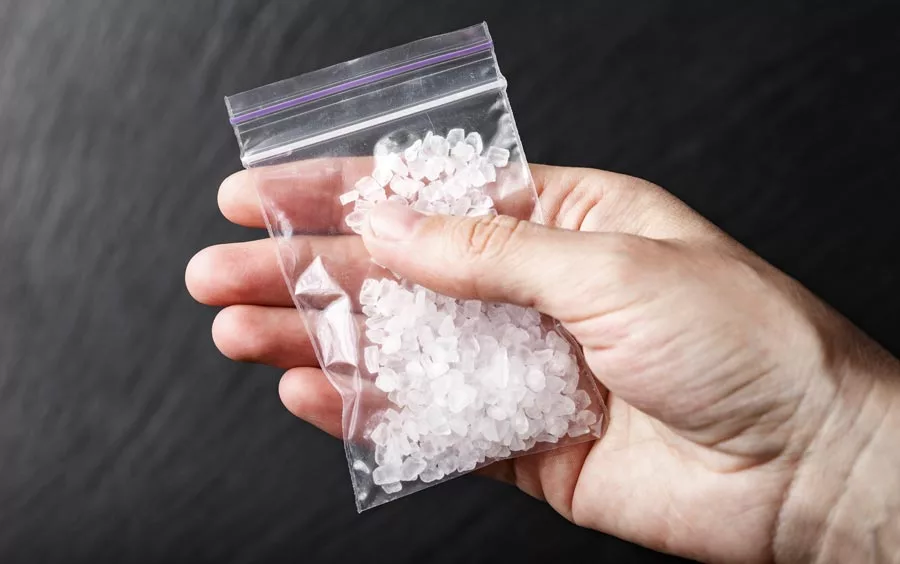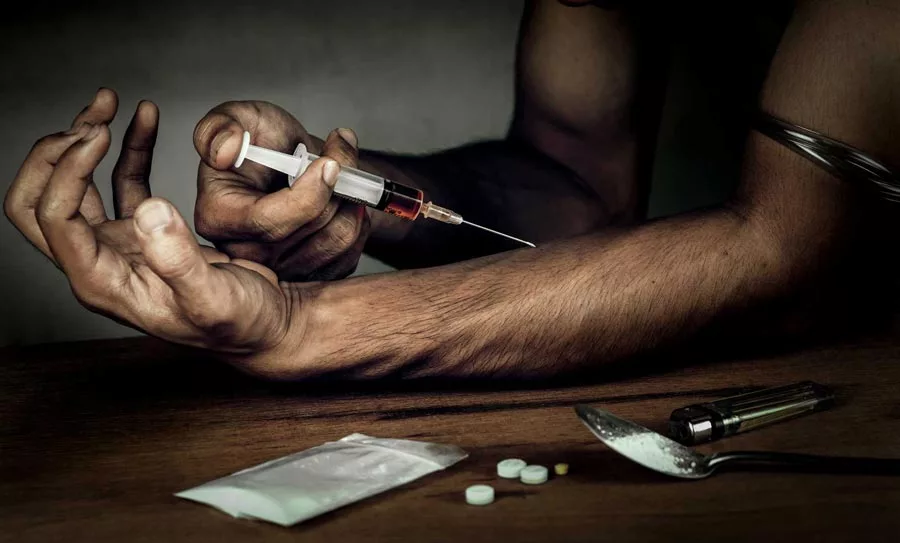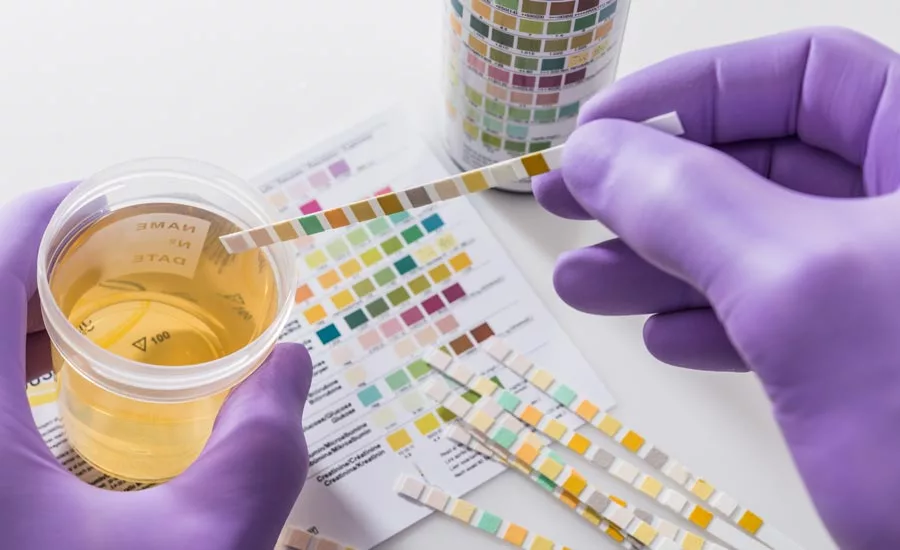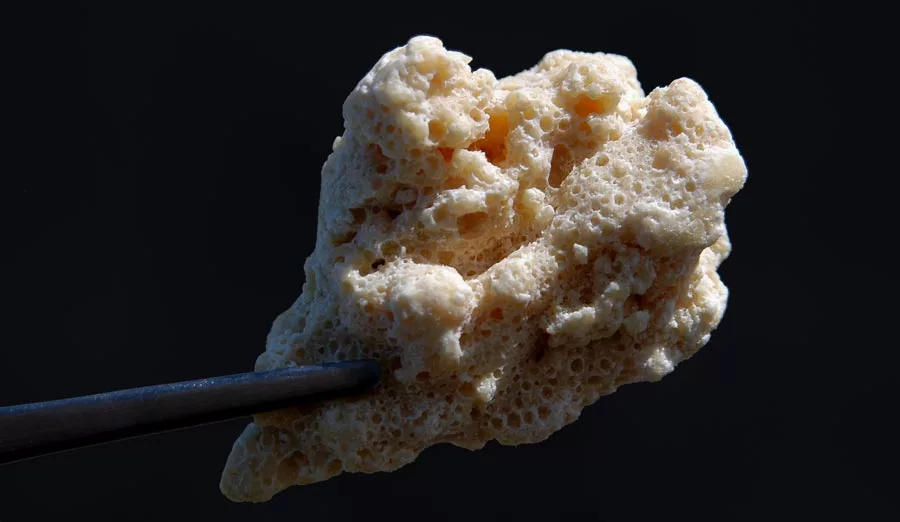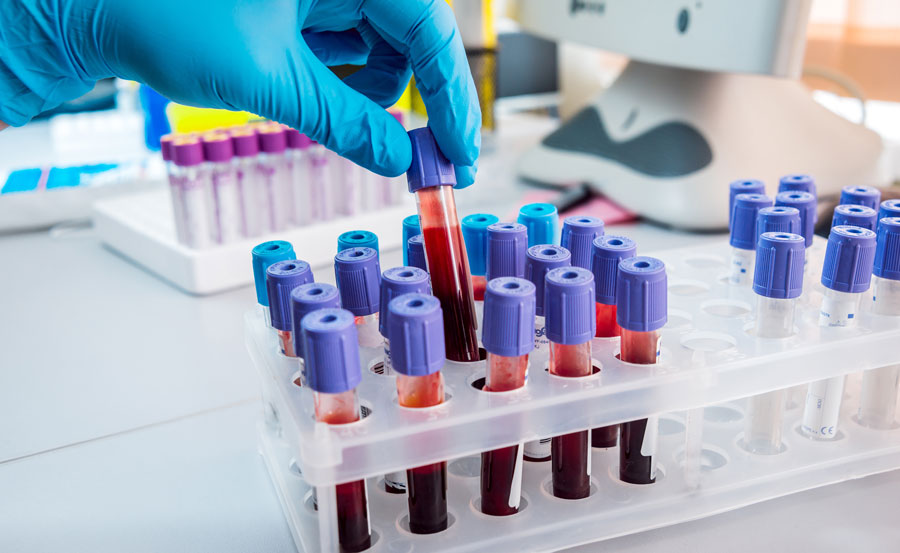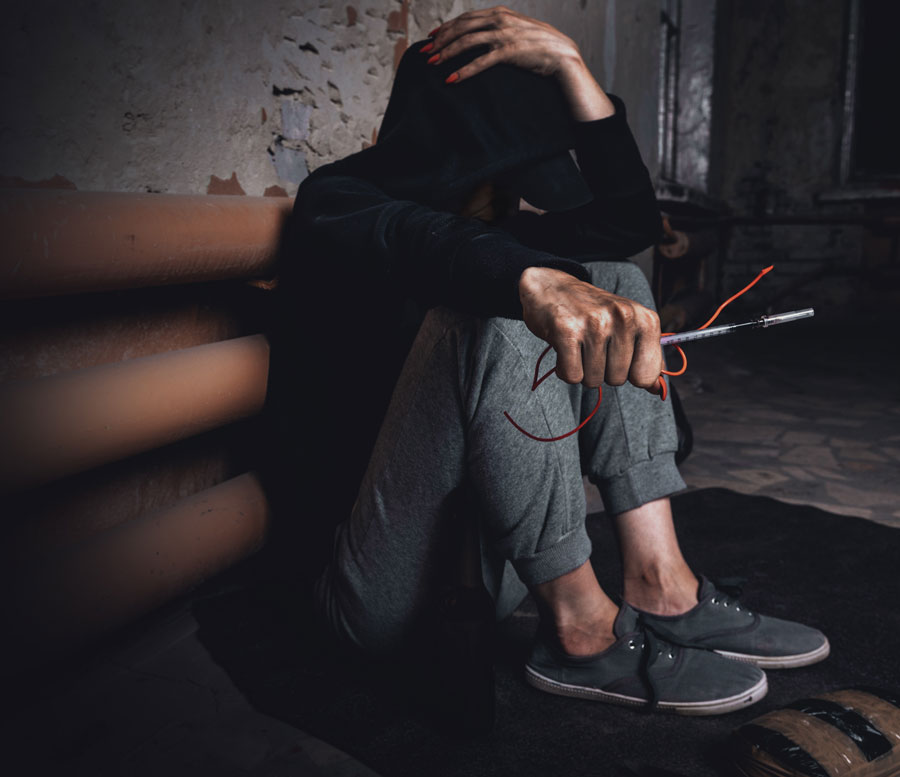Alcohol And Drug Rehab Basics
For persons struggling with alcohol or substance abuse and dependency, a rehab facility can be essential in their journey to sobriety and recovery. Rehabilitation facilities can be thought of as safe spaces with trained medical and psychological staff that offer services to persons trying to overcome addiction. At Best Rehabs In Arizona Recovery in Arizona, we offer a men’s only rehab that allows men to focus on their recovery in an environment specifically designed for success.
These services are all focused on navigating the process of withdrawal from the substance in as safe a way and environment as possible and treating the psychological conditions that may have led to the addiction in the first place.
Substance Use and Abuse Statistics Among Men
Substance abuse affects all genders, but there are genuine distinctions regarding the divide. According to the NIDA, Men and boys over the age of 12 are 11.5% more likely to fall prey to substance abuse than women and girls over the age of 12, who experience this issue at a rate of 6.4%.
When it comes to Alcohol Use Disorder, it is estimated that up to 20% of men struggle with it, versus around 7-12% of women. What does this tell us? There is a not insignificant divide between how “at-risk” men are to substance abuse compared to women. This is not said to diminish the suffering of women or to remove attention from that issue but rather to highlight those men are empirically more at-risk in certain regards, and the problem must be tackled at the root cause.
What are the Risk Factors for Addiction for Men?
Many factors can result in substance use and abuse. There is a misconception that falling prey to substance abuse is a moral failing or a character flaw. It is not. Some of the more common factors that put one at risk of falling into a substance abuse habit are:
Genetics
The literal DNA that makes up your body. Suppose you have a history of substance abuse in your family. In that case, there is a statistically higher probability that you may fall into a habit of substance abuse to some degree or another.
Environment
The surroundings you live within, what you are exposed to, the trauma inflicted upon you in adolescence or at any time really, the coercive influence that may or may not exist upon you. These things make up your environmental experience and can put you at risk for addiction.
Dual Diagnoses
Certain psychological conditions lead to substance abuse as the patient tries to “self-medicate.” Conditions like depression and anxiety are good examples of this particular phenomenon. Dual Diagnosis can also apply to neurodivergent persons. Persons with innate dopamine deficiencies and deficits caused by ADHD are at risk for substance abuse.
Why Choose an All-Male Rehab Center?

All-male rehab centers are simply what they sound like – drug and alcohol rehabilitation facilities that cater exclusively to helping men. You might be asking yourself, “Why choose a men’s-only rehab?” We are going to examine some of the benefits of single-gender rehab settings.
- There is an inherent expectation for men to be “tough” or “resilient” in everyday life. This is rooted in toxic masculinity and is one of the core reasons men are more at risk for certain types of addiction than women. Difficulty in being vulnerable and expressing emotions are two of the core things that make addiction rampant among men. Men-only rehab facilities foster an environment that allows men to be vulnerable and, thus, work through their trauma.
- Staff at these facilities are specifically trained to manage how men experience addiction and, therefore, rehabilitation. Because men tend to be more goal-oriented and motivated, treatment plans and communication may be tuned more in line to take advantage of this inherent quality to help ensure the success of the treatment.
- Because the way men specifically experience the world and society is a huge factor involved in their psychological trauma, the methods and practices utilized when delivering therapy would be specifically aware of how difficult emotional vulnerability is for men. Therapists may conduct sessions while walking, for instance, to both burn calories and allow the client to avoid eye contact while expressing emotions and dealing with painful trauma, a thing that, for many men, the world has not prepared them to be able to do.
- Without the presence of women, you erase the potential of romantic distraction (for heterosexual males seeking treatment in the facility). Aside from this, the company of women may prevent men from being genuinely vulnerable, a critical component for treatment. Reframing emotional vulnerability and therapy as an act of strength and not a sign of weakness can be more difficult if women are around. This might make it more inherently tricky for some men to put down their guard.
- All-male rehab centers tend to focus on a results-oriented approach. These facilities can help a man open up about himself and become comfortable with others of their gender. It allows them to head in a unique and necessary way that other approaches cannot manage.
These are just a tiny sample of the techniques and considerations that are a part of men-only rehab facilities that specifically cater to treating men going through addiction. The male experience of the world is inherently unique and requires targeted treatment that keeps that unique experience in mind.
What are the Types of Programs Offered at Men’s Rehabs?
At Best Rehabs In Arizona in Scottsdale, our men’s rehab facilities offers a range of services; Addiction is not a one-size-fits-all ailment, so the treatment would not be either. We will detail the various options, but here are some factors to consider. Firstly, there are evidence-based/medical-focused treatments AND what could be holistic treatments. Secondly, treatments or sessions may be individual OR group-based.
Thirdly, as we said earlier, each person and their needs are unique. Finally, treatment can be inpatient for persons who need the round-the-clock observation and support, especially in the early stages of withdrawal, and outpatient, where people don’t stay at the facility but come in regularly for the sessions. Because of this, treatment almost always involves some combination of all of these things.
Evidence-Based Treatments
Cognitive-Behavioral Therapy

How clients develop and allow negative thinking and poor self-image to dictate their actions inevitably, cognitive-behavioral therapy moves away from harmful thinking toward positive thinking. By doing this, clients typically feel empowered to make more healthy decisions moving forward in their life.
Dialectical Behavioral Therapy
This is very similar to CBT. These techniques examine how a client’s actions can be changed for the better through talk therapy.
Experimental Therapy
Talk therapy is sometimes not enough to address the needs of some clients. Experiential therapy can be helpful in these cases; clients may engage actively outdoors with others, building their team skills, interpersonal dynamics, and problem-solving.
Motivational Interviewing
Clients struggling to overcome indecision and uncertainty can sometimes be helped by these methods. It can significantly aid in being motivated to take action by establishing and accomplishing positive goals.
Trauma Therapy
Psychological trauma is one of the significant contributors to men using and abusing substances to escape mental and emotional pain. A key component of proper recovery is learning healthy ways to process and identify the trauma’s effects on their lives. By working with compassionate counselors and therapists, clients can learn to identify triggers and deploy healthy coping mechanisms.
Psychotherapy
Psychotherapy is the basis of nearly all talk therapy. With this method, clients work one-on-one with a counselor or therapist to discover the underlying issues that have impacted the client and led to their fall into abuse and addiction, to begin with. Substance use disorder is often a symptom of deeper psychological issues that have yet to be addressed. These issues are consciously or unconsciously being ignored or self-medicated in an attempt to deal with them and cope. In a comfortable and safe setting, clients can develop a personal relationship with their therapist and work through the issues to overcome substance abuse and improve their overall mental health.
Holistic Treatments
Yoga Therapy
As a practice, yoga offers many unique therapeutic advantages. The techniques help clients engage in the yoga therapy that teaches them how to control their bodies and be capable of expelling stress, anxiety, and other negative emotions when they are confronted by them.
Mindfulness and Meditation
Meditation focuses the client’s attention on being as present as possible at the moment. By enhancing one’s awareness of themselves as an intimate part of the world around them, clients can better understand their motivations and actions and those of others. As a practice, meditation teaches clients to limit dwelling negatively on the past or becoming too obsessed with the future.
Art and Music Therapy
Art and music therapy allows clients to explore their creativity and experience the healing aspects of these practices. Metaphor is a highly effective tool for working through issues. Journaling is a well-noted practice with many benefits. Learning new hobbies and skills is inherently fulfilling for humans. Simply consuming and appreciating works of art can allow clients to develop positive psychological perspectives of themselves and their issues.
Massage Therapy

Touch therapy can be beneficial in managing overall health and wellness. As the body’s soft tissue is manipulated, many clients find that there is a release of tensions in their body and that this goes quite a long way towards aiding in reducing stress and anxiety. Thus, they are in a better position to explore and progress through the work of treatment.
Privacy And Confidentiality at Men’s Treatment Programs
For anyone struggling with substance abuse, one of the worst aspects is the shame, stigma, and judgment attached to both being an addict and, paradoxically, seeking treatment. Patients may be concerned about whether or not the fact that they are being treated would be in danger of being publicly disclosed.
Fortunately, HIPAA laws exist and are enforced to protect citizens’ information. Rehab centers must comply strictly with this standard. All staff at men-only rehabs must follow the same rules and regulations as any family doctor. No one on the team is allowed to share information about your case unless your express consent is given or unless the situation necessitates the release of information, such as in a medical emergency where providers need certain information to treat you.
Does Insurance Cover Men’s-Only Rehab Treatment?
Rehabilitation can be an expensive process. If the client needs complete inpatient care, the out-of-pocket costs can skyrocket even higher. However, many clinics accept insurance to completely or significantly cover treatment costs. Medicaid and Medicare are two national options that many facilities do accept. Keep in mind, though, that this is a thing that differs from center to center, and it is essential to check with the individual facility to ensure that the insurance you (or a loved one) are interested in using is accepted.
Searching for ‘Men-Only Addiction Treatment Near Me’
The internet has changed how people discover resources. One of the top Google searches around the particular topic of getting help for substance addiction is “finding men-only treatment near me in Arizona.” This tells us that many people are trying to find help AND that the internet is an incredible tool for delivering that information. A quick search will give you many options to explore for treatment. It is a matter of finding facilities with high success rates where their reputation precedes them, such as the programs for men at our facility in Arizona.
Find Lasting Addiction Recovery for Men at Best Rehabs In Arizona\'s Arizona
At Best Rehabs In Arizona in Scottsdale, AZ, we have over two decades of experience treating and rehabilitating persons struggling with substance abuse and addiction. Our expert medical team works with you to help you navigate the entire process of detoxing through to healing from the psychological trauma that led to the addiction in the first place.
A truly sober, happy, and fulfilling life is the ultimate goal for every client that comes to us for help, and our results speak for themselves. If you or someone you know is struggling with substance abuse issues, please know that there is hope. Contact us today for more information or a consultation.


